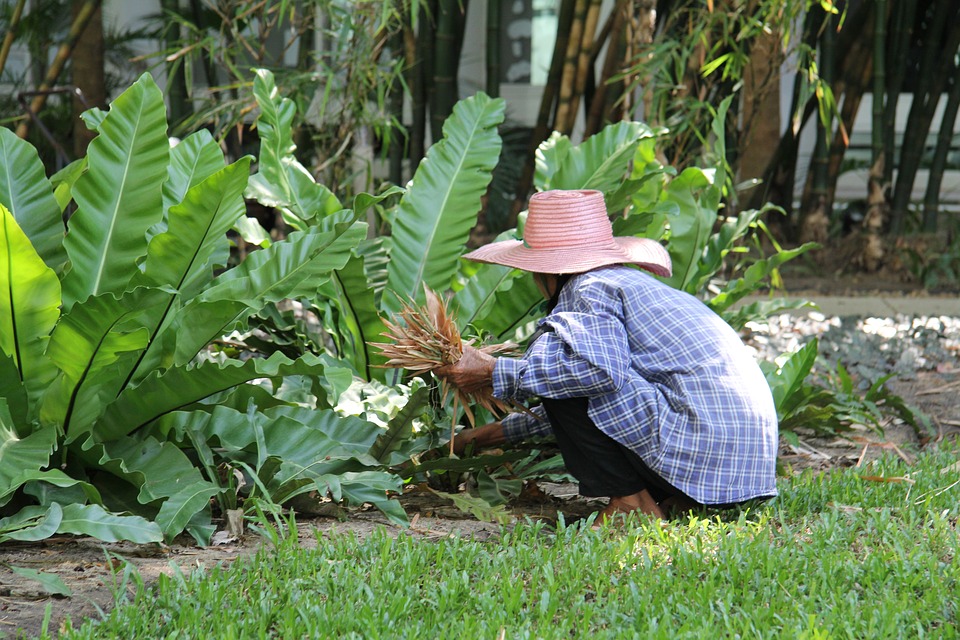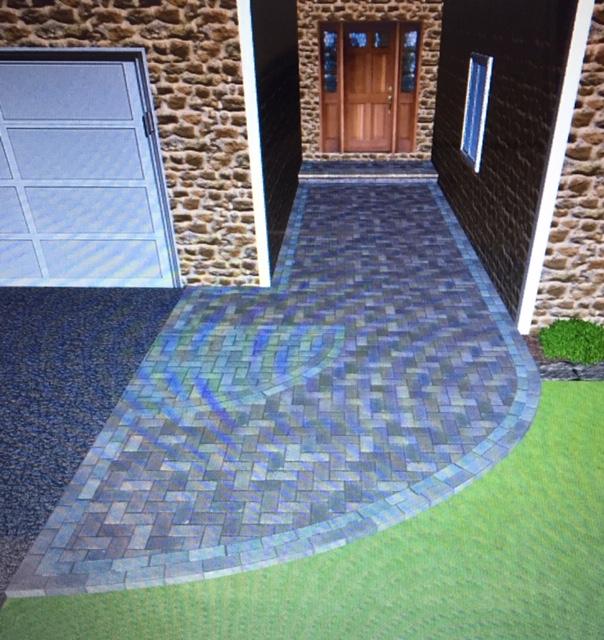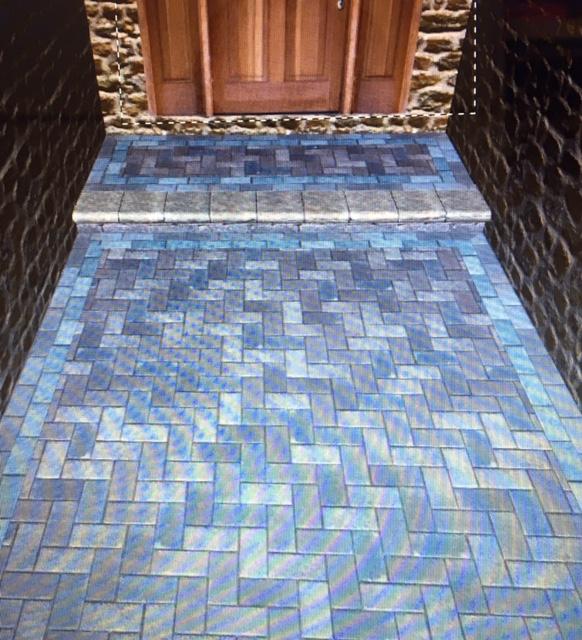When and How to Prune Your Plants
 Most plants benefit from some sort of regular pruning and maintenance. The trick is knowing when to prune what.
Most plants benefit from some sort of regular pruning and maintenance. The trick is knowing when to prune what.
Start with the right pruning tools - The first thing you need to consider is which tool is best for the job. Four basic tools required for pruning are hand pruners, loppers, shears, and saws.
Figuring out when to prune your plants – This can be confusing, but pruning at the wrong time could result in fewer flowers and fruits, although it is rarely fatal to the plant. The exception to this is pruning too late in the season, which will encourage a lot of new tender growth that will be killed with the onset of winter.
When to prune flowering shrubs and vines – A general rule of thumb is to prune summer and fall flowering trees/shrubs in the dormant season (late winter/early spring) and to prune spring flowering trees/shrubs soon after their flowers fade.
How to prune fruit trees and berry plants – Most fruiting plants need to be pruned while they are dormant. Fruit trees and berries will steadily decline unless they are pruned and tended.



.jpg)


Composting
Food and lawn waste makes up 25% of all waste in landfills. These natural materials are biodegradable, but they do not break down in landfills properly because they are so densely packed with other waste, and the biodegradable waste needs oxygen to properly break down.
When you stop thinking of yard waste and kitchen scraps as garbage, you realize it could be re-used as food for your garden! Composting is the most natural and beneficial thing we can do for our gardens, flowers, vegetable plants, and trees. Composting will help balance your soil’s texture and restore nutrients.
Anyone can compost, whether you live on a 500 acre farm or in a 500 square foot apartment! As a general rule, if it comes from a plant, you can compost it. Here are lists of what you can and cannot compost to get you started.
What you CAN compost: